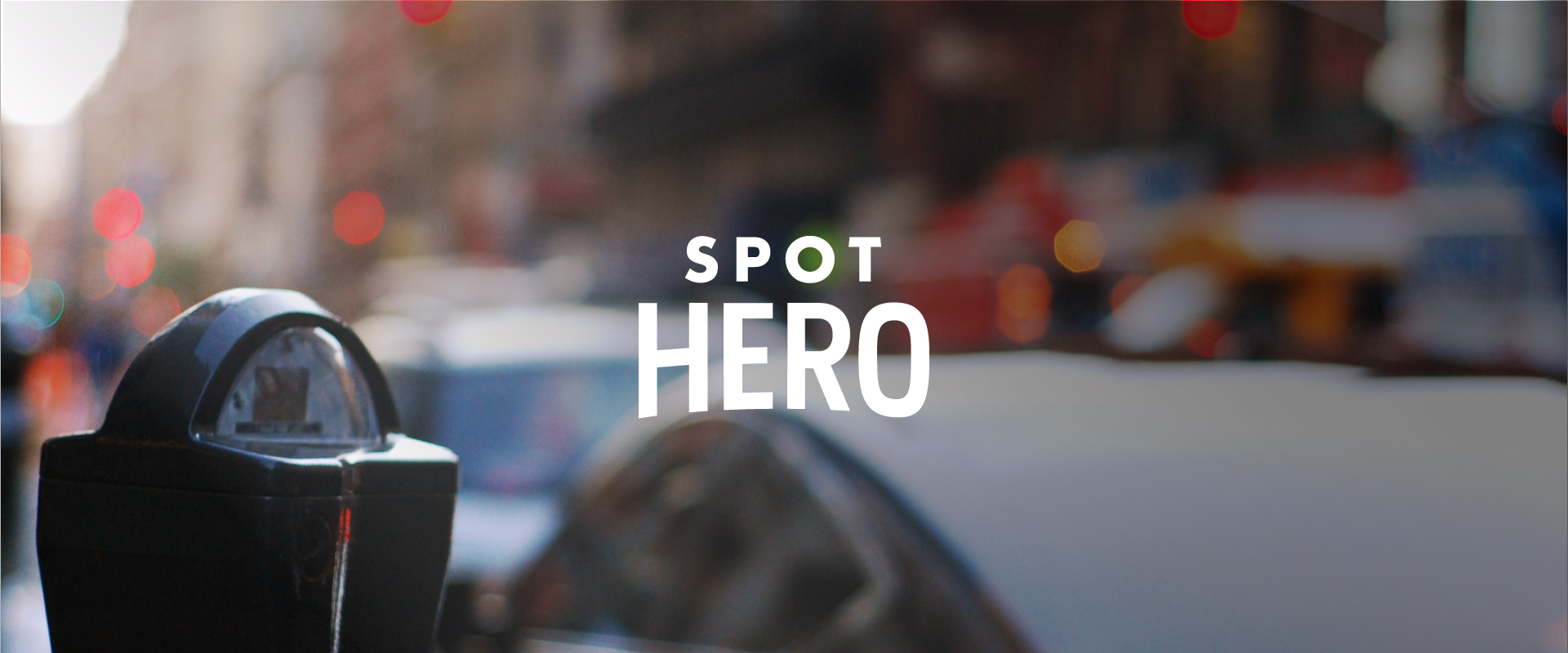When I first told investors about our plan to bring parking online almost a decade ago, I was practically laughed out of the room. Parking was a brick-and-mortar business—period. But since then, a lot has changed.
Garage operators and owners who once did business almost entirely offline are now seeking more sophisticated ways to market their parking spots. This shift is due in large part to the success they’ve seen from digitizing their inventory—a tactic that’s helped reach consumers who now expect to find services online.
With garages going digital, the opportunity for parking is bigger than ever. Why?
On-street parking is changing. To ease congestion and make room for multi-modal transport, cities are rethinking how they use curb space—an area that’s been dedicated to street parking for the last several decades. Just this week, New York City started replacing street parking with a bike lane along Central Park West. Over the past few months, Washington D.C. and San Francisco have experimented with flex-space plans for the curb; and some European cities, like Oslo, have eliminated on-street parking all together.
This shift is impacting mobility companies, as well. Uber is reportedly looking into parking facilities in New York City to give drivers a place to park in between rides; while major fleet providers such as car2go have started giving their drivers access to core downtown garages.
With curb use changing and off-street parking growing in value, the parking industry is at a tipping point.
For SpotHero, the opportunity is clear. Our investors can see it, too. Today, we closed a $50 million series D round led by Macquarie Capital—the largest global infrastructure financier—giving us ample runway to support the evolving parking industry in the years ahead.
Having spent eight years bringing garages online, we’ve seen the core needs of drivers, operators and cities come to the surface:
Drivers need visibility. Without a clear view into what’s available and at what cost, drivers will opt to park in spaces they can easily see—leaving curbs clogged with cars and off-street garages often empty. Right now, only one percent of off-street parking is online, so it’s no wonder that as low as six percent of today’s drivers reportedly park in garages. By introducing the same visibility into parking inventory that people expect from the airline or hospitality industries, these numbers will quickly climb.
Parking operators need data. Today, there’s no set of standards for the way parking spots are priced. Without knowing the demand for parking at certain times of day or days of the week, pricing becomes a guessing game and can cause driver frustration and dissatisfaction. If we give garage operators access to the right data, and make that data actionable, we can optimize inventory and pricing, and help standardize the way parking is bought and sold.
Cities need space. Cities around the world need to accommodate an influx of people in downtown areas. Similar to what WeWork or Airbnb have done to make underutilized space more accessible, we need to use technology to connect unused parking spots to the drivers and fleets who need them. The vast majority of parking garages are rarely full—leaving tons of underutilized space in crowded cities that can be put to better use.
The needs of drivers, operators and cities are more nuanced today than they were when we started, and will likely change over time. But what hasn’t changed is our commitment to helping the parking industry evolve with the world around us.
When my co-founders and I started SpotHero in 2011, we wanted to simply make parking easier. This mission means far more today than it did eight years ago, because it’s no longer just about helping people find parking spots. It’s about bringing tremendous value to an industry that’s been overlooked by technology, and watching transformational opportunities arise by bringing it online.
